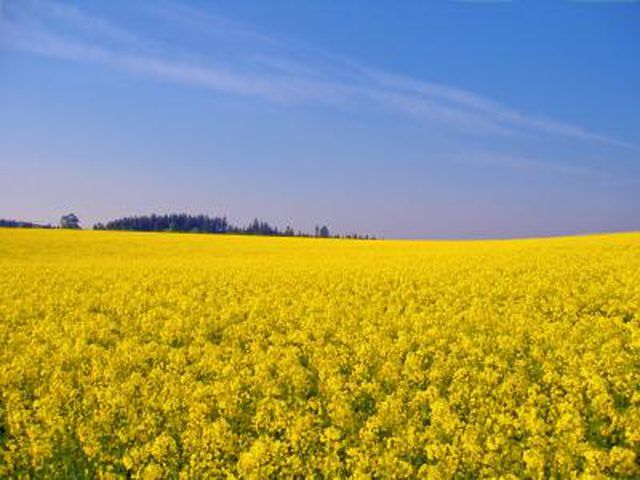Bulbs
Flower Basics
Flower Beds & Specialty Gardens
Flower Garden
Garden Furniture
Garden Gnomes
Garden Seeds
Garden Sheds
Garden Statues
Garden Tools & Supplies
Gardening Basics
Green & Organic
Groundcovers & Vines
Growing Annuals
Growing Basil
Growing Beans
Growing Berries
Growing Blueberries
Growing Cactus
Growing Corn
Growing Cotton
Growing Edibles
Growing Flowers
Growing Garlic
Growing Grapes
Growing Grass
Growing Herbs
Growing Jasmine
Growing Mint
Growing Mushrooms
Orchids
Growing Peanuts
Growing Perennials
Growing Plants
Growing Rosemary
Growing Roses
Growing Strawberries
Growing Sunflowers
Growing Thyme
Growing Tomatoes
Growing Tulips
Growing Vegetables
Herb Basics
Herb Garden
Indoor Growing
Landscaping Basics
Landscaping Patios
Landscaping Plants
Landscaping Shrubs
Landscaping Trees
Landscaping Walks & Pathways
Lawn Basics
Lawn Maintenance
Lawn Mowers
Lawn Ornaments
Lawn Planting
Lawn Tools
Outdoor Growing
Overall Landscape Planning
Pests, Weeds & Problems
Plant Basics
Rock Garden
Rose Garden
Shrubs
Soil
Specialty Gardens
Trees
Vegetable Garden
Yard Maintenance
What Does a Mustard Plant Look Like?
What Does a Mustard Plant Look Like?. Mustard plants have large leafy greens and yellow flowers. They are sometimes called mustard greens, white mustard or leaf mustard.
Mustard plants have large leafy greens and yellow flowers. They are sometimes called mustard greens, white mustard or leaf mustard.
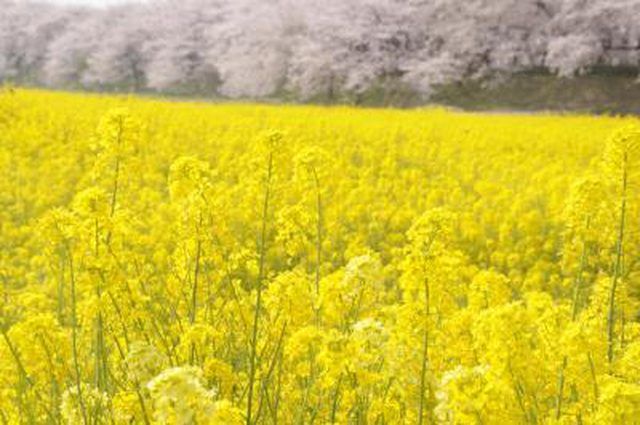
Mustard leaves are broad and flat veined. Typically dark green, they can have purple streaks and appear curly or smooth, with toothy edges.
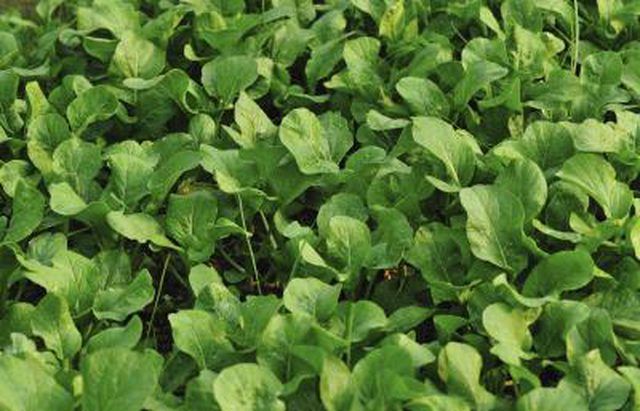
Mustard leaves cluster together as they grow. Mustard leaves grow from shoots in clusters close together rather than from a single head, like lettuce.
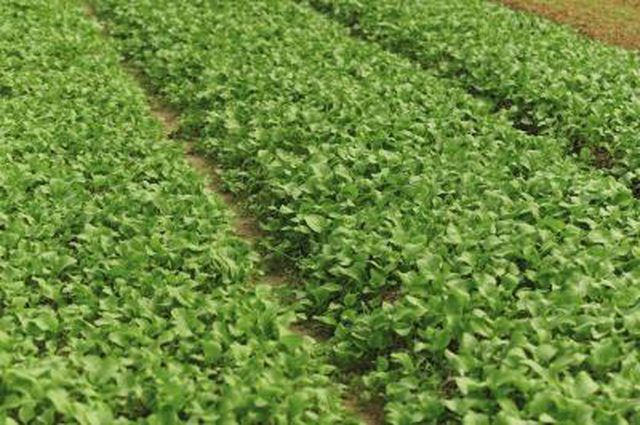
Mustard plants develop bright yellow flowers with four petals and six small stamen. The flowers are edible, as are the leaves.
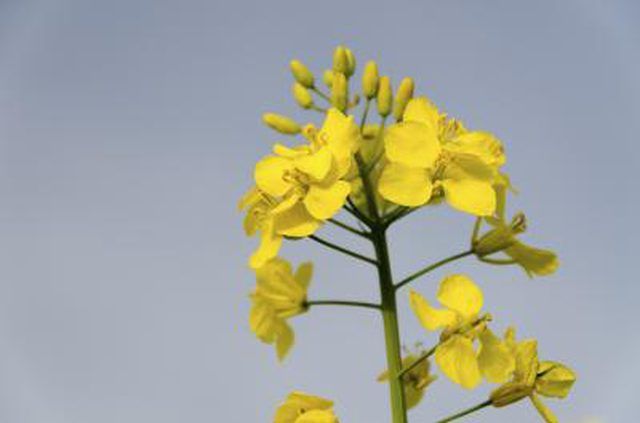
Mustard plants have long, skinny seed pods. Sometimes colored black, purple or green, the seed pods split in the middle to expose small black or dark brown seeds.
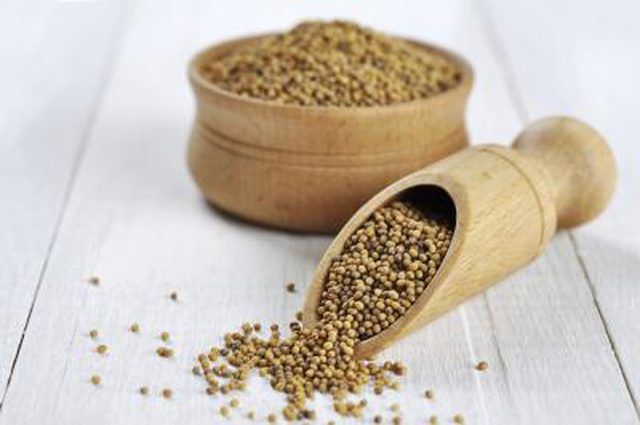
Mustard plants grow throughout most of the North America, Europe, South America and Asia.
